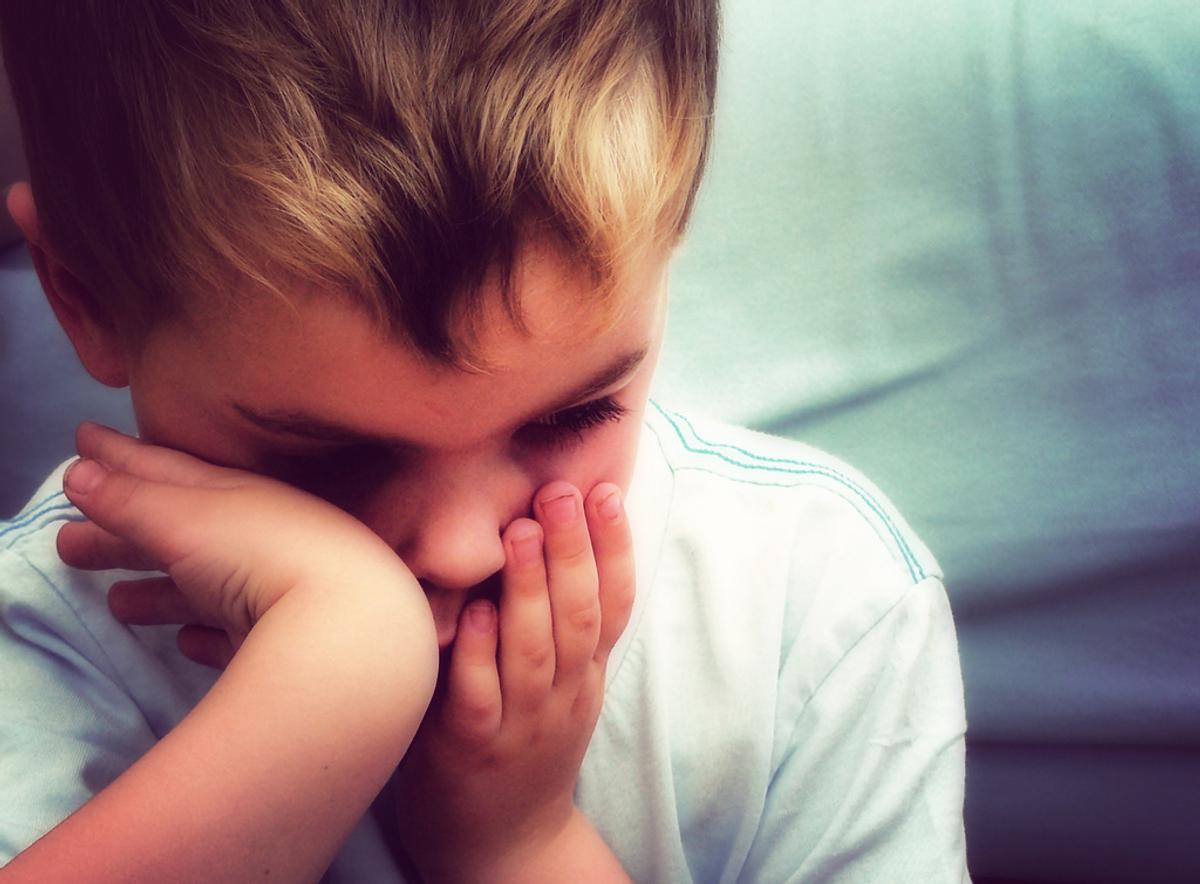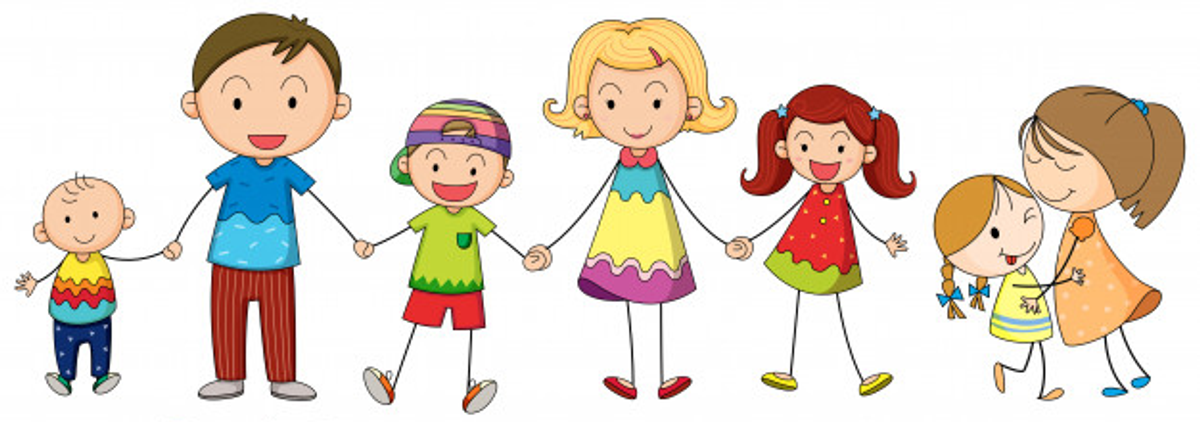Wellbeing Officer

Anxiety conversation Guide – for parents of Primary school aged kids!
Whether it’s bad weather, sleeping away from home, or test-taking, it’s very common for primary schoolers to experience varying levels of anxiety. Some experience very little anxiety. And others are managing and dealing with more.
If you think that you might need some pointers, read on. I’m sharing this with you in case you need some tips or fresh thoughts on dealing with the transition back into school after a period of social isolation. Even just being aware ‘in case’ could be helpful...
What are kids anxious about?
Up until about eight years old, many causes of anxiety carry over from preschool—with a focus on specific, identifiable events like new situations, animals, the dark, loud noises, etc. But as a child develops, the source of their anxiety becomes more abstract.
As they grow more self-aware (beginning around second to third grade), their anxieties become more socially-influenced. They worry about friends, acceptance, the future, and new challenges at school.
There are three common types of fears kids this age experience. Separation anxiety, social anxiety, and a specific phobia. And just like adults, primary-aged kids can experience the physical symptoms that come with anxiety. They can complain of stomachaches or headaches, a racing heart, or trouble sleeping. Their behaviour can change as they they to process all that is going on in their world.
Tips to help them navigate:
When our kid’s anxiety is heightened, it’s reasonable for us as parents to want to remove that discomfort. And while it’s healthy for us to give our kids ways to cope, we shouldn’t need to try to engineer a “worry-free” lifestyle for them. A small amount of stress and anxiety pushes kids to succeed at home and in school, as well as protects them from certain dangers. And while they are in our care, we have the ability to be able to help to navigate gently through this together.
So, how do we help our kids confront their fears and develop their own tools for managing anxiety?
1. Give their anxiety a name: Gently asking kids to name the source of their worry helps them to personalize and externalize their fears.
- For younger primary kids, ask: Will you draw a picture of what’s making them worried or upset? Tell me about the picture. Is someone/something in the picture talking? What are they/is it saying?
- For older primary kids, ask: Will you name the worry floating around in your brain. What is the worry telling you? Is the worry telling you the truth?
2. Practice exposure: Avoiding potentially stressful situations may ease anxiety temporarily, but is not a long term solution (not to mention unrealistic). Gradually exposing your kids to the sources of their fears and anxieties can rewire the brain to prove to a child that they can survive anxious moments. It can also teach a child that you are trustworthy, even when you push them to do things that initially make them nervous. You are their safe person. Because you know them better than anyone.
3. Give them tools to fight their fears on their own: The emotional center of the brain takes time to slooooow down once it’s agitated. There are a few tools that will help your kid calm down enough so the thinking center of the brain can come back online to logic through the distress. Remember, you won’t always be around to walk your kid through their anxious moments. It’s important to help them develop coping skills they can practice on their own!
4. Make it personal: Our kids are always watching us. They observe how we react in different situations...especially in situations where we’re under a large amount of pressure and stress. It’s important for you (as a parent and for your own well-being) to be intentional about caring for yourself when it comes to your own anxiety. Make sure you have someone you can open up to honestly about your own fears and concerns.
5. Widen the circle: Only you know your child, but if they start to exhibit more serious behaviors, then it may be time to reach out a professional. Keep in mind that some children are more prone to anxiety than others. If your kid’s anxiety is preventing them from having an overall happy life, if they’re unable to leave the house or play with other children, consult with your pediatrician or a licensed counselor. Seeking professional help isn’t a sign of failure as a parent. It makes you a good parent when you realize your child sometimes needs more than you are able to give.
- Breathe: Practice deep-breathing with your child. Do it together! As breathing slows down, so do the thoughts racing around the brain. Read up on Belly Breathing and/or similar techniques.
- Get active: Getting up and moving around can help work out anxious energy. (Outside whenever possible.)
- Think happy thoughts: Teach your kid to redirect their thoughts by remembering something happy like a trip to the beach or a birthday party. You can even go through old photos, retell funny stories...all of these things can help.
Our young people all react to things differently. And no two children will be feeling the same in this season. Remember, you know your children better than anyone else! Breathe deeply, be kind to yourself. You’ve got this!
Kathryn x


